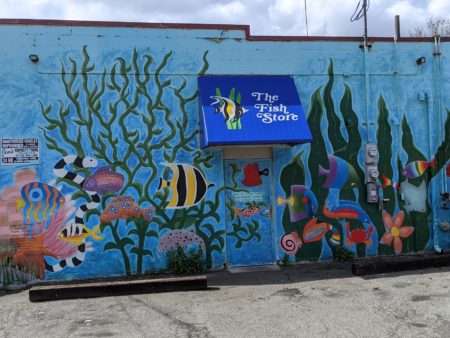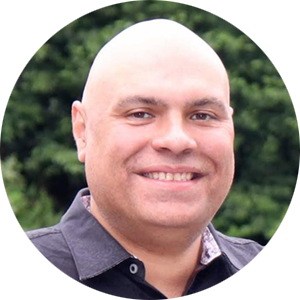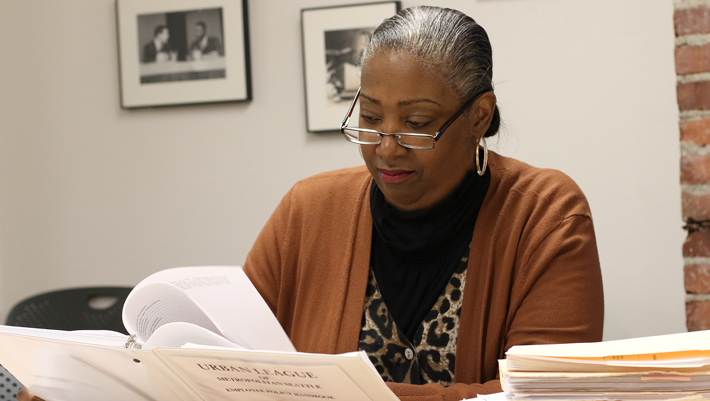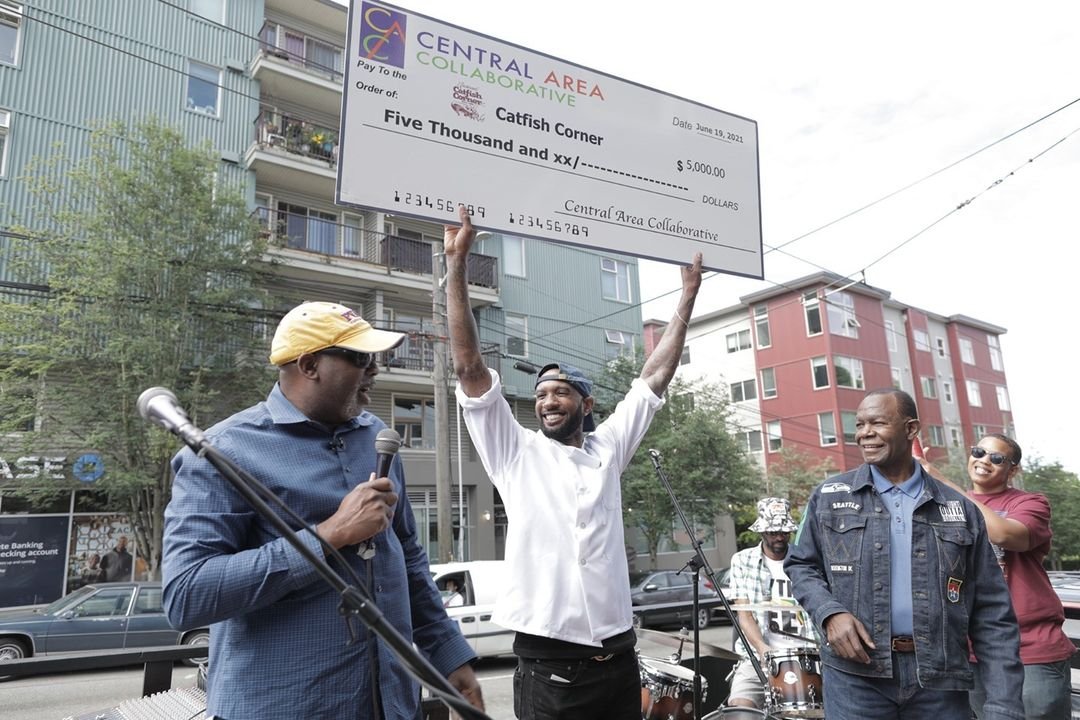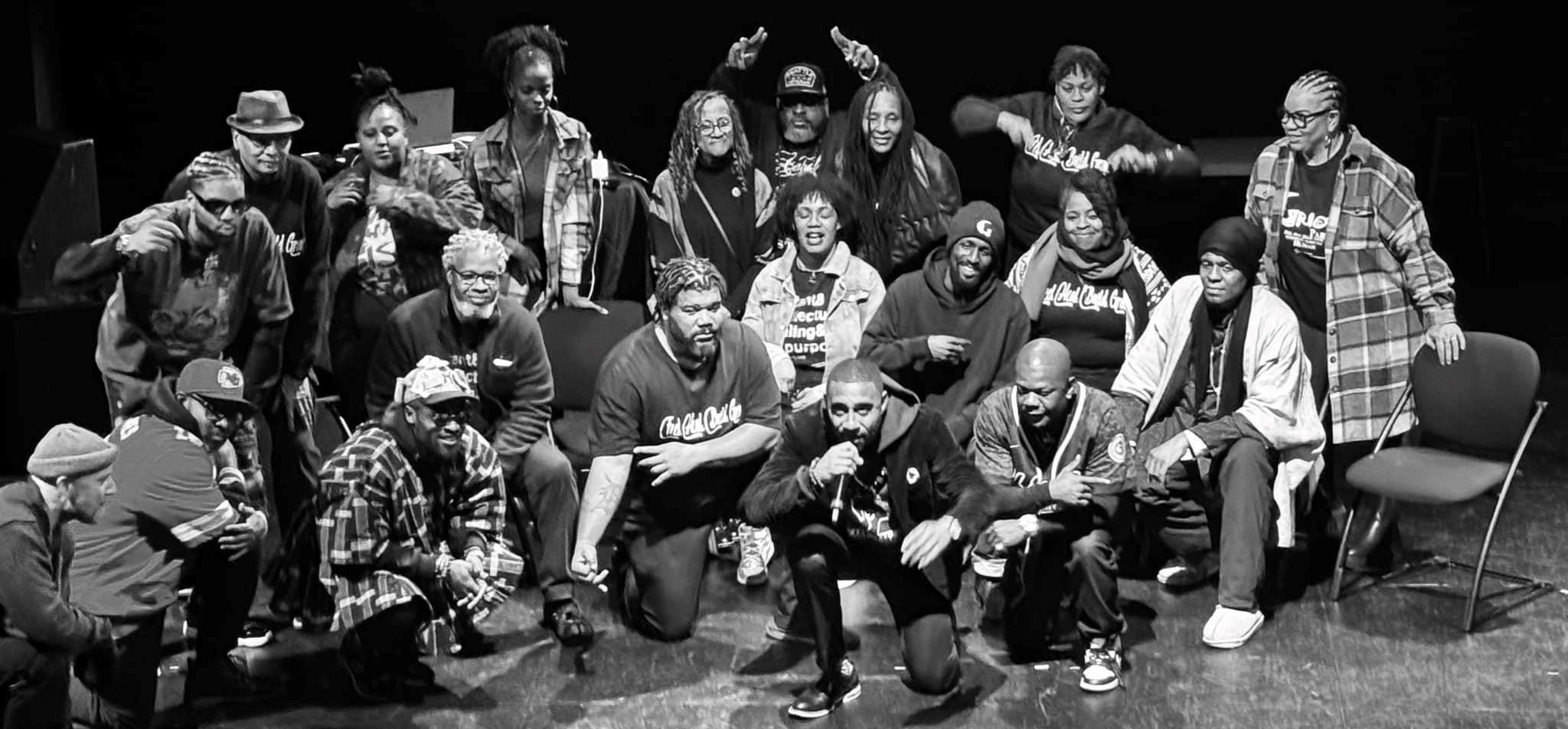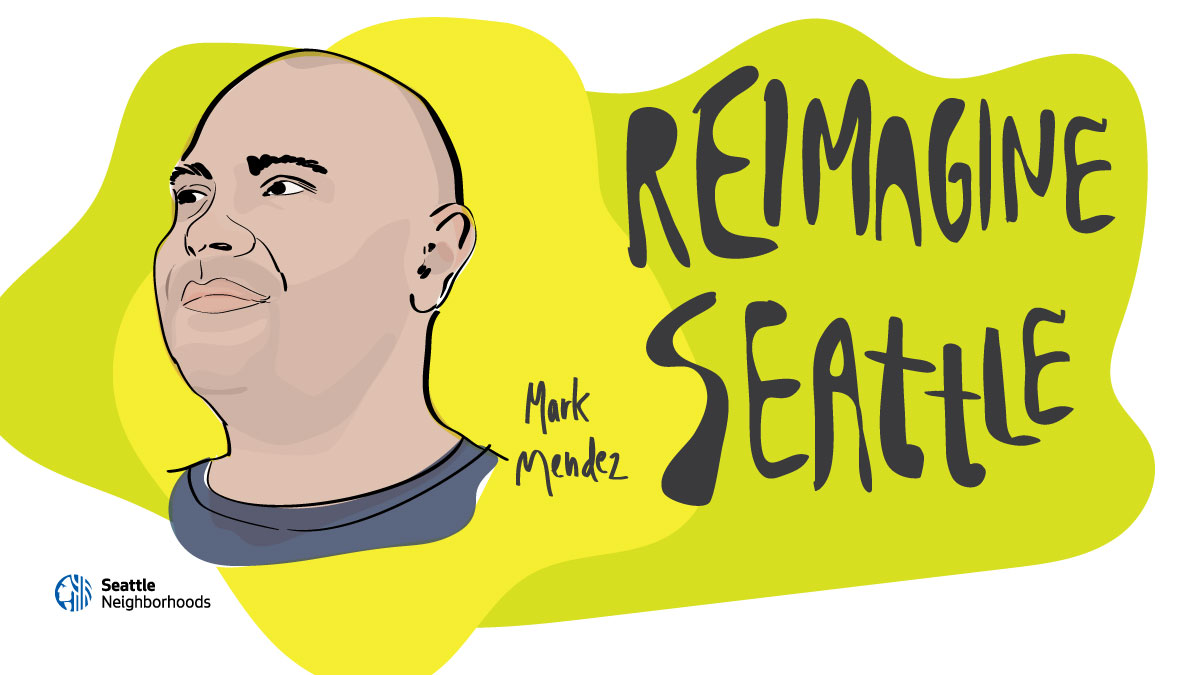
The challenges of the past two years have changed the way we live, the way we work, and the way we show up for each other. They have also given us a rare chance to collectively reimagine our future. Through the Reimagine Seattle Storytelling Project we invite community members to reflect on their current experiences in Seattle, how they have been impacted by recent events, and their hopes for the future of our city.
The Lake City Way
by Mark Mendez

As I write this, my heart breaks for the seven businesses in the heart of Lake City that have just been destroyed by a fire caused by arson. The fire quickly spread throughout the building, collapsing the roof in only 30 minutes. Most of the businesses were BIPOC (Black, Indigenous, People of Color) owned. Here’s what we lost:
- Gifted Cutz, our Black-owned barbershop, was more than just a place to get a haircut, it was a community and gathering space. It was a place where youth could feel safe and be themselves, and it was a place where adults could mentor and share their life experiences with the youth.
- Papa Murphy’s was more than just a pizza place. For many years, it has been a place students from Nathan Hale High school could find their first job or get a summer job. It was a place our youth gained valuable soft skills and life experiences that prepared them for the future.
- Our 99 Cent store, owned by Mary, who has been loved by our community for over 20 years.
- Aloha Ramen, where I’ll miss ordering the delicious garlic spicy miso ramen.
- Our local laundromat, depended on by so many people in our neighborhood. The owners of the laundromat are very kind people and loved by our community.
- Teriyaki Time, another beloved family-owned business.
All these family-owned small businesses were destroyed by the fire, leaving the business owners and their employees trying to figure out how they will survive and recover from this disaster. Our Lake City businesses were already barely hanging on because of the COVID-19 pandemic.
This fire is a devastating and knockout blow.
But…this is Lake City, a special neighborhood. “Lake Citizens” take care of their neighborhood and help each other. I’m very proud of my neighborhood. Immediately, people in the neighborhood mobilized to help the businesses affected by the fire. GoFundMe pages created by the businesses to help their employees had raised thousands of dollars in just a couple days. Two local organizations, Build Lake City Together and Children’s Homes Society of Washington, have offered support and created a 100% free donation site to help all the affected businesses and their employees. Property owners in the area reached out to offer temporary or new permanent locations for the affected businesses. And the business owners are determined to rebuild their businesses better than ever.
This is the “Lake City Way”, a resilient and kind neighborhood with neighbors helping neighbors and supporting our small businesses.
I love Lake City. I grew up here; it’s my hood. Some of my favorite memories are bowling at the Lake City Bowling Alley and seeing a movie at the Lake City Theater. There are a lot of special people who live here. You’ll find many people who have lived in Lake City all their lives and love sharing their old stories about the neighborhood. Lake City has a really interesting history.
First, just like the rest of Seattle, we have to acknowledge that Lake City is located on stolen land. The Duwamish and other Native American tribes had taken care of the land and raised their families in the area for thousands of years until the European settlers changed all of that. Eventually, loggers came in and cut down all the trees in the Lake City area. We had our own ‘skid row’ for trees to be transported by railroad and boats along Lake Washington. Someone put up a wooden sign near the railroad track (now Burke Gilman Trail) that said “Lake”, and eventually people started calling the area “Lake City”.
During WWII, the Hayashi family lost their family farm in Lake City because they were sent to an internment camp, the Hayashi family were never able to return to their farm in Lake City. This year, we successfully advocated to rename a street near where the Hayashi farm was located to “Hayashi Ave,” to honor the Hayashi family and remind people of the injustice that took place. Members of the Hayashi family gave their blessing and were able to join us for the naming ceremony.
Over the past 30 years, many BIPOC, immigrant, and refugee families moved to Lake City and raised their families here. As most of Seattle has become gentrified and less diverse, with many families of color and low-income families moving out of Seattle, we have become one of the most diverse neighborhoods in Seattle.
Lake City feels like a small town; everyone knows each other and there is a tradition of working together to help each other. We have a lot of challenges, but we have even more potential. Lake City is rich in culture, art, and diversity. We value and want to protect the things we love about our neighborhood, but we are also frustrated and disappointed by the neglect and the lack of resources the city and our leaders have provided to our neighbors and families in Lake City, especially those who need the most help. We are on the front line in the battle against gentrification and are working to prevent our BIPOC and low-incomes families from being forced to move out of the neighborhood because they can no longer afford to live here.

We are working together to find real and sustainable solutions to the challenges we have in the neighborhood. However, we don’t have enough resources and we need more help from the city, state, and even the federal government. We have felt ignored and neglected for a long time and there is a sense that the city unloads the problems they have created onto our neighborhood instead of providing the resources to resolve these problems and address the root causes. The biggest example is the large number of unhoused people in the heart of the Lake City neighborhood.
Once again, this is Lake City. Lake Citizens are kind and compassionate and everyone is doing the best they can to support our unhoused and underserved neighbors. This is the “Lake City Way” of doing things.
2020 has been a year of loss, but also a year of hope that the future will be better. We lost loved ones and beloved members of our community. We lost local artist and friend Lynn DeBeal. A well-known Lake Citizen, Paul, was killed in a hit and run. We lost a beloved skateboarder, Shawn. His friends honored his memory with a beautiful memorial they created at the Virgil Flaim skatepark.
2020 has revealed and reinforced the true spirit of Lake City, a resilient, supportive, creative, kind, compassionate, community-oriented, and diverse neighborhood with so much potential. We have hope for the future. We are excited for our special community events to return, like the over 70-year-old Lake City Parade and our Lake City Salmon Bake! One of our greatest hopes and dreams for the future is to prevent gentrification. Don’t gentrify us! Let’s learn from the mistakes of our past as a city. The Central District in Seattle was more than 70% Black, now it’s less than 20%. Lake City is a majority BIPOC neighborhood, let’s not let what happened to the CD neighborhood happen to the Lake City neighborhood. We have not lost our diversity yet. We have a chance to prevent gentrification if we work together and come up with creative neighborhood-based solutions and with help from our public, private, and government institutions.
I encourage all of you to visit Lake City and support our amazing family-owned small businesses like Gyros on Lake City, Jose’s Taqueria, Garcia’s Video, the Fish Store, 2CThai, Pho Ann, Mount & Bao, Hellbent Brewery, Kaffeeklatsch Bakery, Toyoda Sushi (my favorite sushi restaurant in the neighborhood for 30 years!), and many more. They need our help. Help us in our struggle against gentrification and help us keep what we love about our neighborhood and the people and businesses that make Lake City special.
